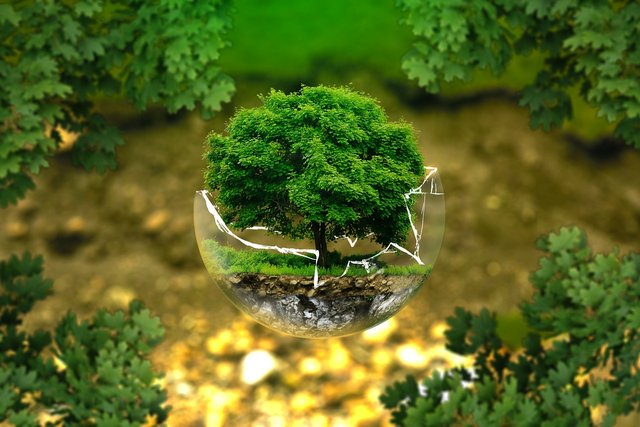
As most of you know by now, I am a bonsai enthusiast. I have loved growing bonsais for so many years, and generally prefer to grow them from seed or branch off-cuts than to buy them with money I do not have.
Now, I would like to briefly address the question, What is a bonsai? I have also been asked this many times, and I often forget that not everyone knows what it is.
The word originated from the Japanese, and the word bonsai means a plant, tree or group of trees grown in a container. "Bon" means basin, and "sai" means to plant. Basically, it means to grow a tree, bush or massive plant in the form of a fully mature tree, but in a much smaller scale. Imagine a tree grown the size of your hand.
Bonsai is often called a living art. With paintings and drawings, it may take you hours or days to complete, but there is an end goal. With a bonsai, you can be designing one bonsai for the rest of your life if you choose to. They are called an art form as they are grown to resemble real trees in nature, but placed in a pot and kept small. It's like we are painting on a living canvas.
In some of my bonsai posts or shares from Jnstagram, you may have read me use phrases like "formal upright", "semi-cascading", "slanting.... Well, today is finally the day where I discuss different bonsai styles. There is a difference between bonsai styles and techniques, so don't get confused. Styles refers to the shape and artistic style that you choose to grow your bonsai in. Techniques are the tools, equipment and method that you use to grow your bonsai, such as propagating techniques, pruning, soil type, pinching and wiring, etc. We will get to techniques in another post.
When it comes to styles, there isn't just one style. That would be boring and not artistic at all. Various styles have been developed over the years, by both the Japanese and Chinese as masters of the art, but also strangely enough a few by South Africans, who have taken to creating their own bonsai culture. Today, though, I want to take a look at the more widely known styles used all over the world.
PS: I have placed them in my own groupings below, based on how I believe they should be grouped.
GROUP 1: TRUNK ART
FORMAL UPRIGHT - CHOKKAN
Formal Upright is just as the name implies. The main trunk or stem of the bonsai is trained to grow straight up. The techniques used usually include wiring or using a strip of wood to give it support to grow up until the trunk is strong enough to support itself. Branches are then grown all up the main stem in a way that is artistic to resemble the actual tree in the wild, but the main point is that the trunk rises straight up perpendicular to the soil.
It may sound easy to grow a formal upright. You would think that the tree would just naturally grow that way. But it doesn't. With growing bonsai indoors, the trunk and leaves will turn or bend towards wherever the light is coming from. If you have a window open, the wind can also play a factor. Correcting spacing of branches is also essential, and the correct techniques need to be used to ensure that the trunk continues to grow right up without bending.
I use bamboo skewer sticks as support for my formal upright bonsais, sometimes using thin rope or wiring to keep them in place. Every week, I will turn the contained around away from the sun, forcing the top end to grow the other way. This seems to help maintain the formal upright position. Here below you can see my Blue Jacaranda bonsais, almost a year old, with the bamboo skewer sticks providing support.
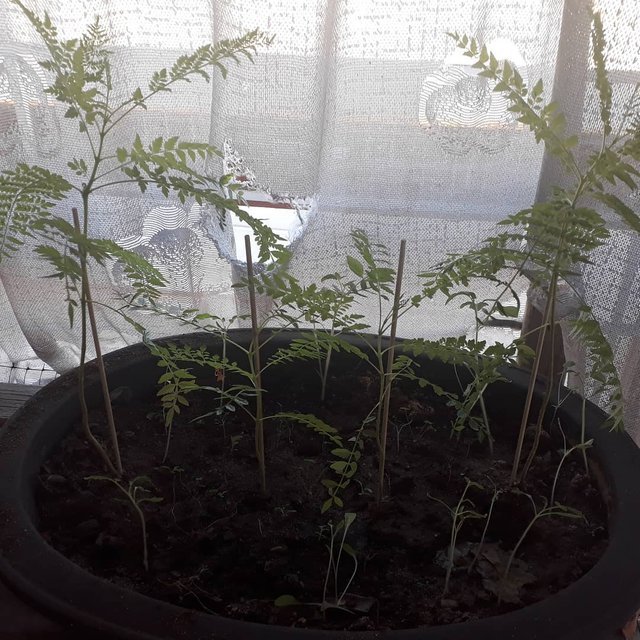
INFORMAL UPRIGHT - MOYOGI
Informal Upright is very close to Formal Upright, with the main difference being that the informal upright does not have to have a trunk that grows straight up in a straight perfect line, and can be scattered, as long as it is still growing up vertically. This is a more widely known form in the natural environment, and usually branches and flowers are grown on each bend on the trunk.
Growing it in this form takes lots of patience, and deciding at which point you want to bend the trunk. Careful bending and wiring is needed until the trunk stays in that position permanently. This style can be beautiful if done right, especially when flowering takes place.
SLANTING - SHAKAN
I personally believe that slanting is the easiest form to grow without much effort. You can leave the bonsai to grow towards the light and not need to change it around. The Slanting style is where the trunk grows towards one side only, instead of upright. This represents trees in the wild where the trunk has grown to the side either from the sun or the wind constantly blowing against it.
The windswept look can really look great for some species of bonsais, especially if the flowers and branches are arranged in the right fashion.
SEMI-CASCADING - HAN-KENGAI
Semi-cascading is one of my favourite styles. In nature, you will find them along cliffs, rivers or lakes. This is when the trunk grows over the upper rim of the containers, bends down and grows towards the lower end of the container, but does not surpass it. The crown bends up again and does not grow pass the lower edge.
Some bonsais will grow like this naturally by the power of gravity, and if you place it on a table top, the trunk will bend back up again. Others require stringent wiring in order to take effect.
CASCADING - KENGAI
The Cascading Style is much like the Semi-Cascading, except that the trunk grows further than the lowest part of the pot. This is often seen in nature on steep cliffs. Bonsais grow like this through gravity, heavy upper foliage or wiring. Trunks are usually grown much longer than normal bonsais in order to achieve this effect.
GROUP 2: FOLIAGE ART
BROOM - HOKIDACHI
And now we move to style names that are named after the foliage. The Broom style is usually grown on a formal upright or informal upright, but the style is more named after the upper foliage that is shaped like a broom. It has a massive amount of branches, achieved through pinching and cutting of branches to grow more branches, much like they do with fruit trees.
And so this is usually used when growing fruit bonsais, like peach and apple, so that the flowers and fruit are layered around the ball of the crown.
WINDSWEPT - FUKINAGASHI
This is one style I have not been able to master just yet. The main focus are the branches rather than the trunk. It provides the appearance that the bonsai has been struggling against the wind its whole existence, even though it has been grown indoors. You can see how the branches all lean in one direction as if the wind has been blowing it that way for years. Usually there are branches only on one side of the trunk.
CLUMP - KABUDACHI
Clump style is where you grow a multitude of trunks as if they are separate trees, but in truth they all stem from the same root or structure. The main focus is the upper foliage, that still grows around one structure beautifully, but the trunks appear as if they are separate trees all growing with their branches intermingled.
Sometimes only two trunks are grown, and this is called a twin-trunk or double trunk style (Sokan).
LITERATI - BUNJINGI
This style represents trees in nature that are fighting for light and air with other trees around it. As such, they grow their trunk to the very top and grow their branches and leaves on the crown of a long trunk. The lower branches and leaves usually die out from lack of sunlight.
This style is usually complemented with two styles of bark removal, but we will get to that in a moment.
GROUP 3: BARK ART
JIN
Jin is one of the Deadwood styles whereby the bark is removed from a section of the bonsai. Jin refers to the complete removal of the bark around a branch or a section of the trunk to give the impression that that part of the tree is dead. The bark is removed and the wood sanded or left rough, depending on how the artist wants to represent it.
SHARI
Shari is another Deadwood style similar to Jin, except that only one side of the trunk or branches are removed. Sometimes Jin and Shari are used on the same bonsai for effect, which can be quite tricky. One needs to make sure that the bonsai is not hurt in the process.
GROUP 4: ROOT ART
ROOT ON ROCK - SEKI-JOJU
One of the styles employed by many bonsai enthusiasts is the Root on Rock, or, Root over Rock. This is where the roots are placed over rocks and then the ends are planted into the soil. This is done at an advanced stage of the trees growth, mostly when the tree is uprooted to clean the roots and provide it with new soil.
ROOT IN ROCK - ISHISUKI
A varient of the Root over Rock is the Root in Rock. Same principle, but this time the root is grow within the rock itself to give it that majestic, sometimes mountain look. This takes loads of care, since sometimes if roots grow deep, there may not be space inside. So the rock should provide enough space for growth.
GROUP 5: LANDSCAPE ART
FOREST - YOSE-UE
Another one of my favourite styles. Here, groups of trunks are growing on the same tray or pot closely together to represent a forest of bonsai. The leaves are usually close together. This is not to be confused with the clump style, where several trunks are grown from 1 tree, while in the Forest several trunks are grown from several trees.
LANDSCAPING - SAIKEI
Landscaping refers to using several, sometimes different, trees to create landscape scenery. Forests are sometimes seen as Saikei, except that with forests the trees are kept close together, and for Saikei the trees can be very far apart in the same pot or tray, and may be different species for effect.
RAFTING - IKADABUKI
Another fantastic bonsai art that I love to employ is Rafting. This is where the actual trunk of the tree grows horizontally, and the branches grow straight up like a row of trunks. They all grow on the same trunk, and sometimes new roots will grow on the underside of the main trunk, as if the trunk has become the main root.
SWAMP - NUMACHI
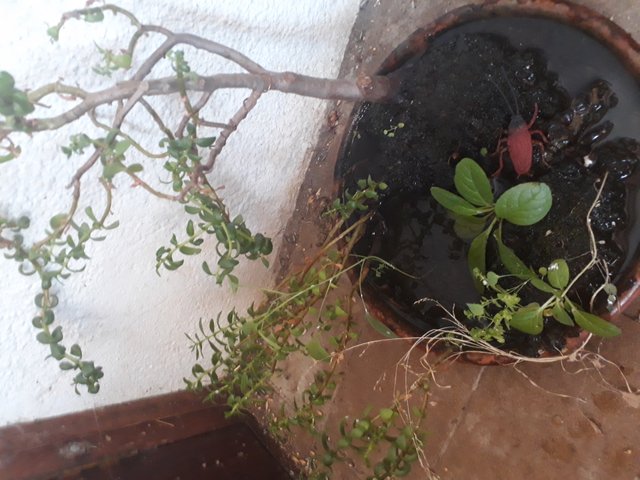
Ok, so the Swamp style doesn't officially exist. I created it as can be seen above, and Numachi is Japanese for swamp. Some would argue that this is just another form of Saikei, but I disagree. I have created a landscape where the tray is filled with water, like in a swamp, or river, and the trees, weeds and moss grow over the soil around it. The main difference with this and other styles is the amount of stagnant water that needs to be collected around empty spots.
Care must be taken with this style. Most trees get root rot from laying in water, so only trees that can handle lots of water, like Weeping Willow, should be planted in this style.
And that's it for my extensive article on bonsai styles. If you liked it, kindly upvote it and I will make sure to write more feature articles on bonsais in the future.
Header Image: Pixabay
Please support my work by subscribing for FREE to one of the following:
@shadowolfdg is a  SteemPunk and Steemit article Mentor for @schoolofminnows
SteemPunk and Steemit article Mentor for @schoolofminnows
Member of @teamsouthafrica
Post of the Day Award - @adsactly
Official Promoter for @tpot -- join our discord channel
Kind regards
Shaun M Jooste
Joint-Owner: AIR Entertainment (https://airentertainment.biz)
Director: Celenic Earth Publications (https://celenicearthpublications.wordpress.com)
Author, Screenwriter, Gamewriter, Journalist (https://celenicearth.wordpress.com)
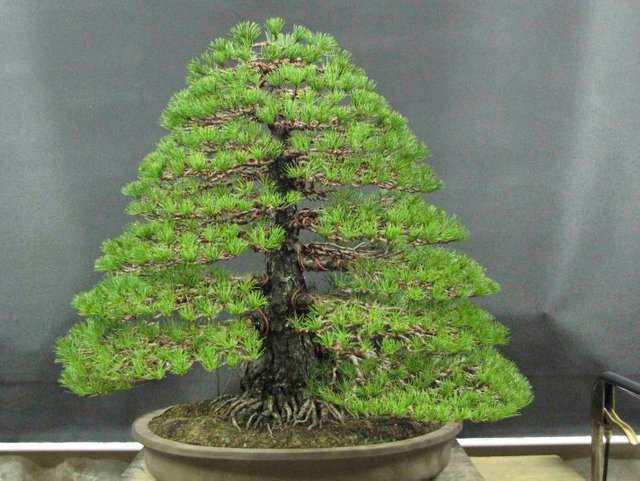
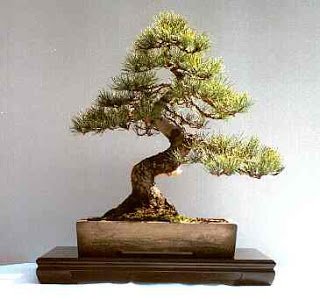
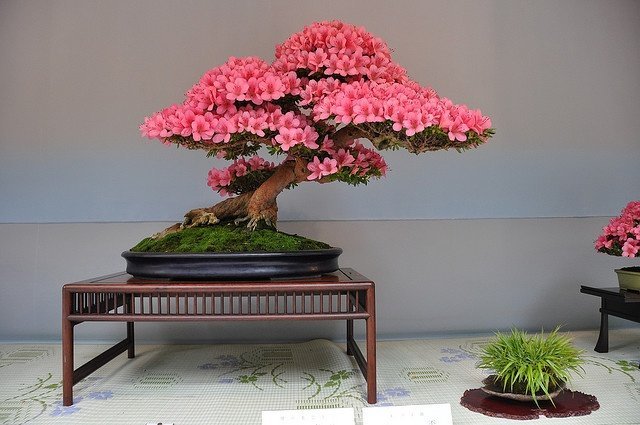
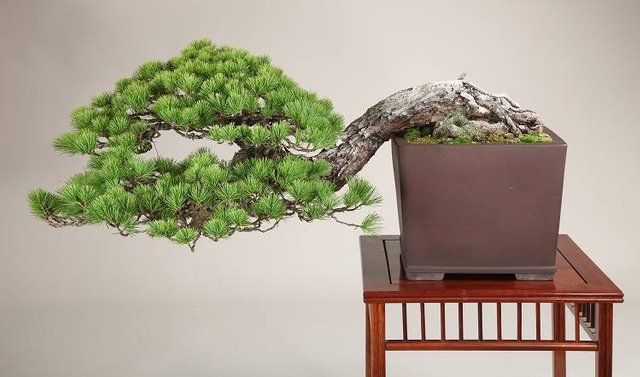
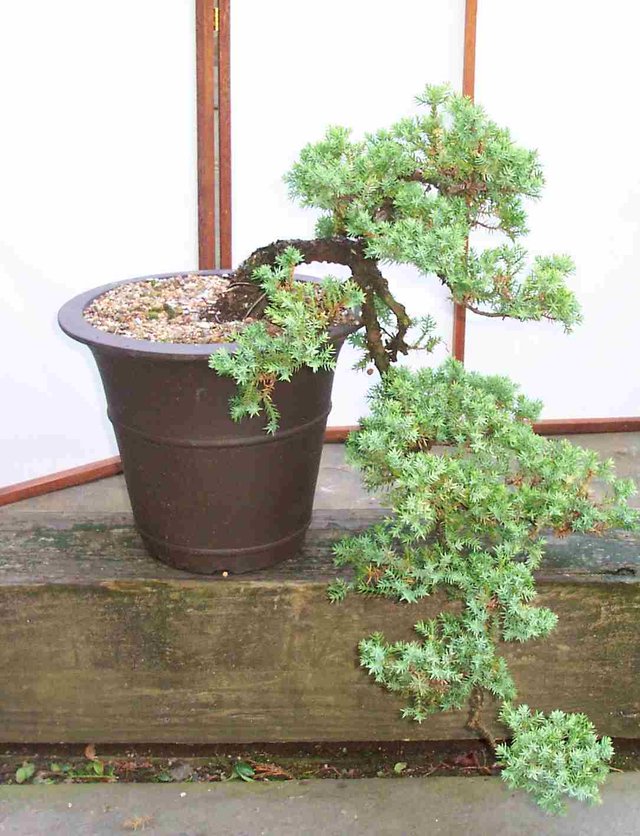
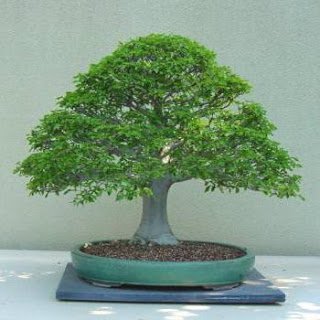
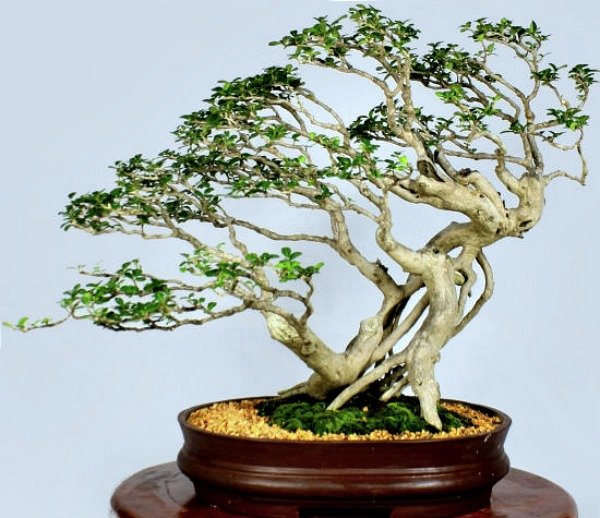
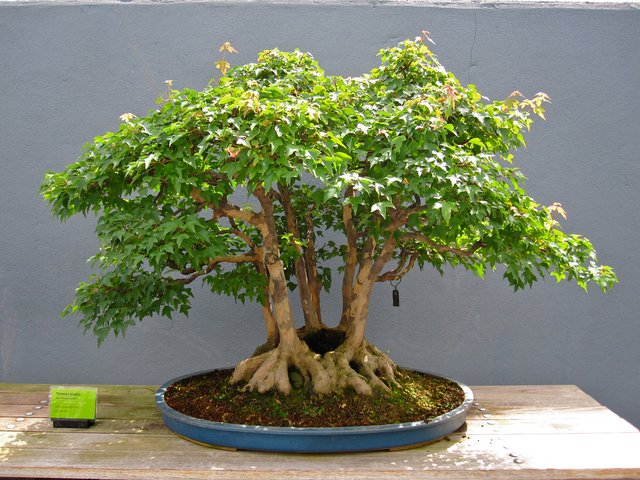
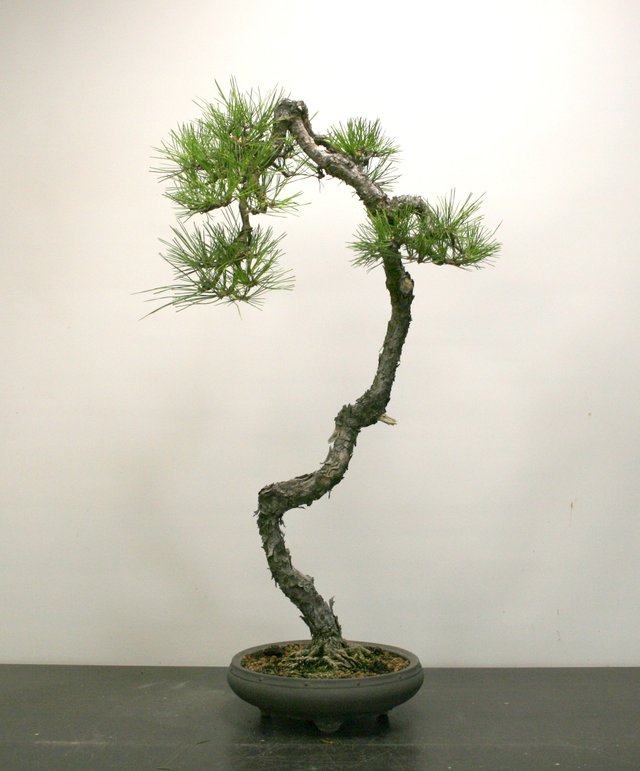
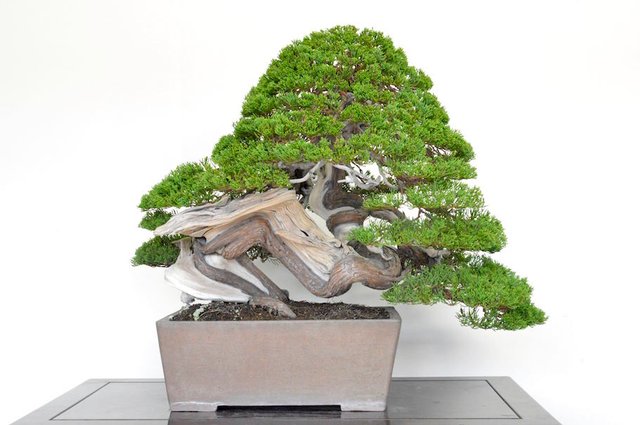
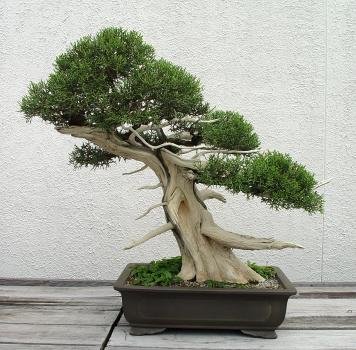
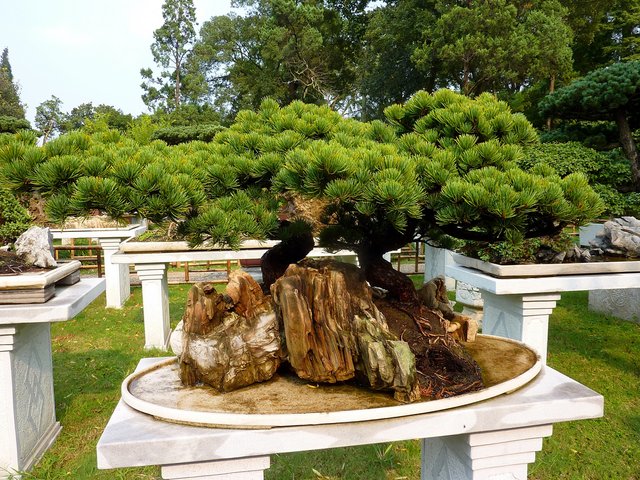
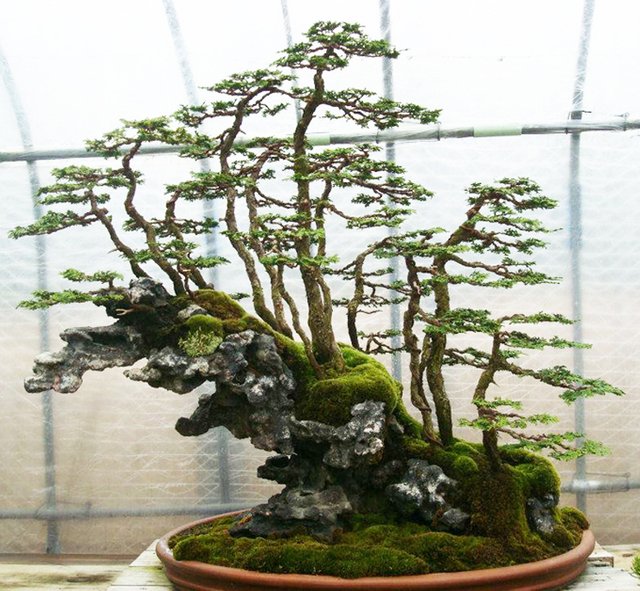
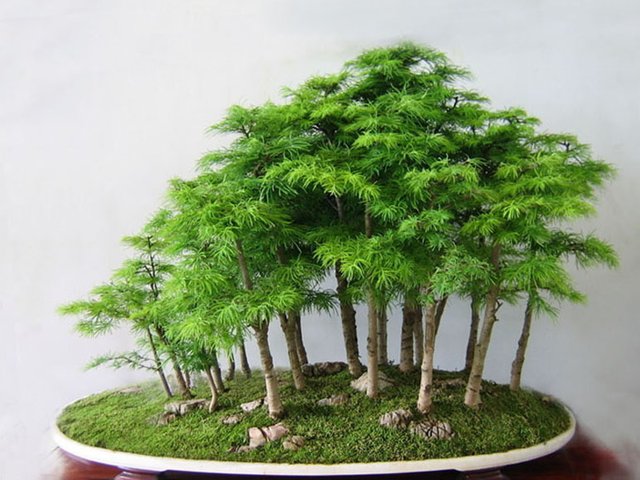
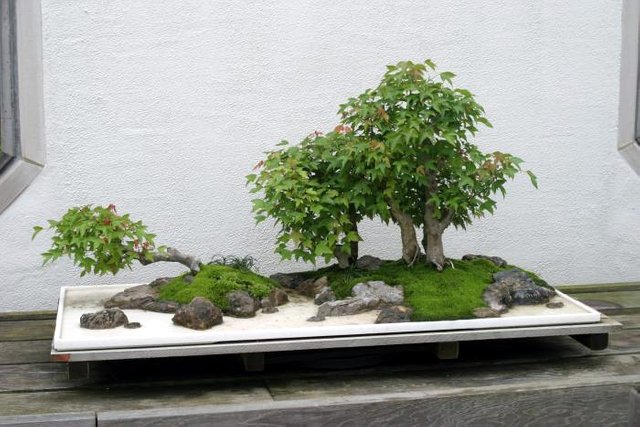
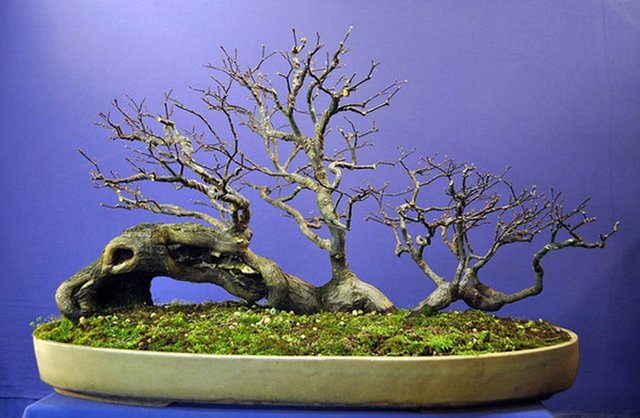




These are stunning - I always wanted one like that but will be so scared I let it die.
Downvoting a post can decrease pending rewards and make it less visible. Common reasons:
Submit
Don't worry, I also felt this in the beginning. And then my love for them just took over and I couldn't stop.
Downvoting a post can decrease pending rewards and make it less visible. Common reasons:
Submit
Congratulations @shadowolfdg! You have completed the following achievement on the Steem blockchain and have been rewarded with new badge(s) :
Click here to view your Board
If you no longer want to receive notifications, reply to this comment with the word
STOPDownvoting a post can decrease pending rewards and make it less visible. Common reasons:
Submit
Two fascinating ones for me is the Jin and the Ishisuki thanks for sharing @shadowolfdg
#teamsouthafrica
Downvoting a post can decrease pending rewards and make it less visible. Common reasons:
Submit
My pleasure :)
Downvoting a post can decrease pending rewards and make it less visible. Common reasons:
Submit
Hi shadowolfdg,
Visit curiesteem.com or join the Curie Discord community to learn more.
Downvoting a post can decrease pending rewards and make it less visible. Common reasons:
Submit
These are really stunning, they truly are a work of art! I have always wondered how these trees or plants are being grown or if they are a different species of plant altogether.
I love how with different styles, there emerges a completely different and fascinating work of art. I especially love the root on rock, Jin and slanting... The swamp does look promising, i do hope it turns out to be an incredible one!
Great job!
Downvoting a post can decrease pending rewards and make it less visible. Common reasons:
Submit
My pleasure. I am glad you enjoyed my article on my favourite hobby. They really are just trees grown in soil and kept small.
Downvoting a post can decrease pending rewards and make it less visible. Common reasons:
Submit
Are they big in size and can grow like huge trees if left in soil, or are they small in nature
Posted using Partiko Android
Downvoting a post can decrease pending rewards and make it less visible. Common reasons:
Submit
They are grown small and not allowed to grow huge, by pruning and keeping them small. You can plant them outside in the soil, but then if you let it grow huge it is no longer a bonsai, but a normal tree. Bonsai is the art of keeping them small.
Downvoting a post can decrease pending rewards and make it less visible. Common reasons:
Submit
This is my first time of seeing such a great species of plants. They look lovely and I hope to see you educate me more about plants in your next posts
Posted using Partiko Android
Downvoting a post can decrease pending rewards and make it less visible. Common reasons:
Submit
Incredible what can be done with these trees. It would be nice to know what varieties are better for each style or technique. My guess is that not all trees can be turned into bonsais. Is that the case?
Downvoting a post can decrease pending rewards and make it less visible. Common reasons:
Submit
If you are a staunch bonsai practitioner, I am sure many will say only certain types should be grown as a bonsai. However, I always go against the grain, and say that every tree can be grown as a bonsai, if you are determined enough. It may just be that some trees won't survive in that state, but I haven't found one yet.
Downvoting a post can decrease pending rewards and make it less visible. Common reasons:
Submit
Thanks. That's good to know. I'll do some experimenting :)
Downvoting a post can decrease pending rewards and make it less visible. Common reasons:
Submit
How interesting the South Africa has created a culture for Bonsai. This is unexpected. Do you have groups for it where you all share? I wonder how your interpretations are different than other places. I was in San Diego California for a while and they had a vibrant community of bonsai there too.
I like the forest and windswept the best in your photos. I think Cypress would work for your swamp creations.
Thank you for this interesting post. I am nomadic and so can barely grow sprouts to eat sometimes. But it's wonderful to be able to see this through your eyes and work.
Downvoting a post can decrease pending rewards and make it less visible. Common reasons:
Submit
Well we have a #teambonsai group on Steemit where we all share our work. here in South Africa, we have several communities and groups who meet every month to discuss the nurturing of our bonsai culture. Some of our nature reserves and parks have bonsai sections to show them off to the public.
I agree with your Cypress comment. That would indeed be wonderful, specifically the Italian or Swamp Cypress.
Downvoting a post can decrease pending rewards and make it less visible. Common reasons:
Submit